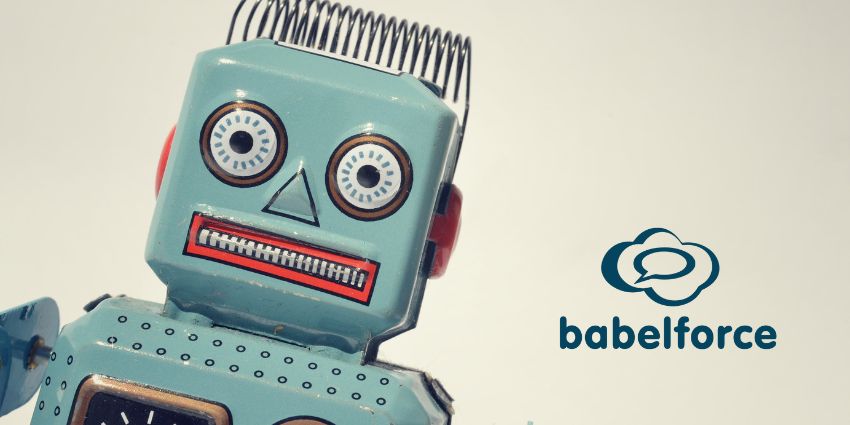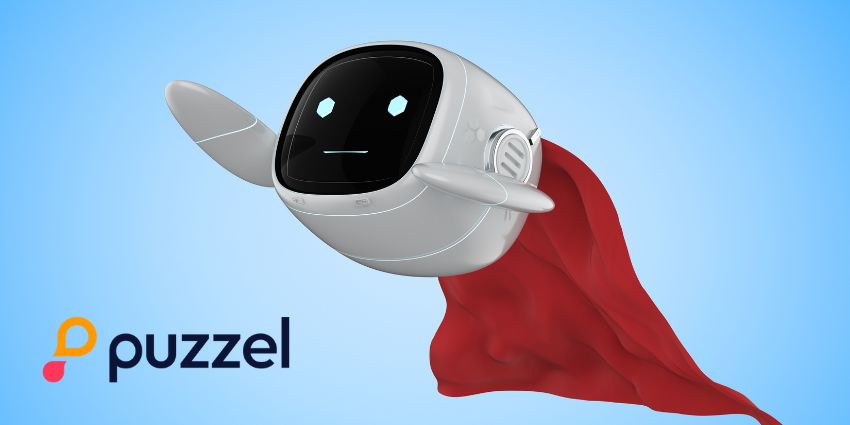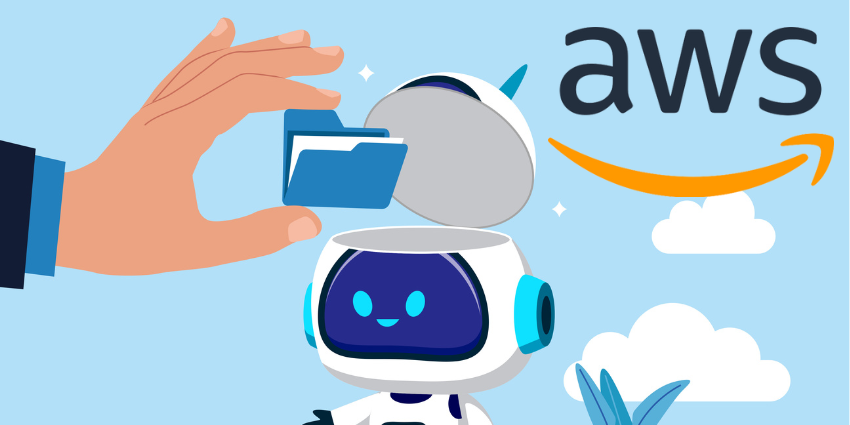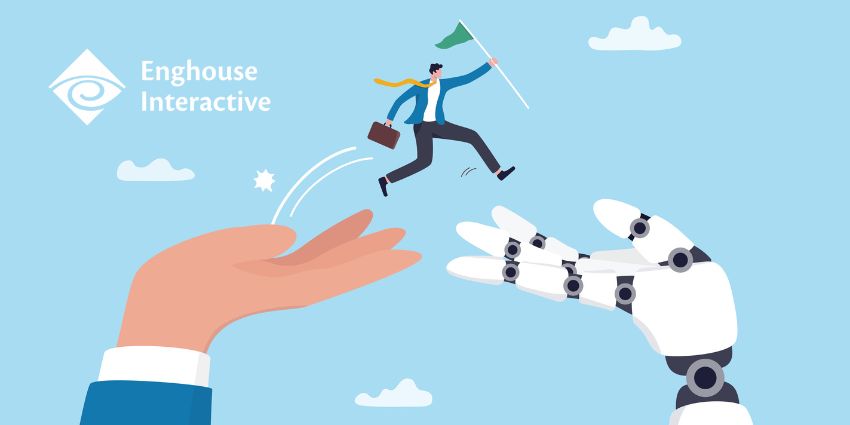The story of DPD’s generative AI (GenAI) chatbot swearing and calling the delivery firm “useless” recently made global headlines.
Of course, the autonomous thought of the chatbot is incredible. Yet, the story – as shown below – exemplifies the dangers of businesses placing too much trust in the new technology.
Parcel delivery firm DPD have replaced their customer service chat with an AI robot thing. It’s utterly useless at answering any queries, and when asked, it happily produced a poem about how terrible they are as a company. It also swore at me. pic.twitter.com/vjWlrIP3wn
— Ashley Beauchamp (@ashbeauchamp) January 18, 2024
Indeed, exciting innovations mustn’t detract from the user experience.
Pierce Buckley, CEO & Co-Founder at babelforce, fears this is already happening, as he predicts a second wave of terrible bots in 2024.
The first occurred in the early 2010s, where the market was flooded with inadequate chatbots that failed to meet customer needs and sat in a separate silo to the contact center.
Then, many contact centers failed to put human factors or usability considerations first. Now, Buckley believes that history will repeat itself. He stated:
“Still, not many companies can get their teams organized around goals that are really driven by human factors and human perceptions.”
In providing an example of this lack of user consideration, Buckley draws upon his considerable experience in working with voicebot technology – explaining the intricacies of customer perception timing, where a delay of as little as 150 milliseconds can lead to people speaking over one another.
He explains that, although companies are aware of the importance of voicebot timing, “very, very few organizations are paying attention to the fact that you need to get your delays down to an absolute minimum. And you need to be able to respond within that timeframe.”
Start with the Human Experience
In order to truly elevate the chatbot user experience, Buckley underscores the need to incorporate the human perspective from day one:
“What we’re seeing is tech stacks being deployed that are not engineered with user experience experts from the very beginning.”
When this happens, businesses then layer conversational AI over inefficient processes that will create more issues in the long run. As Bill Gates once said:
“The first rule of any technology used in a business is that automation applied to an efficient operation will magnify the efficiency. The second is that automation applied to an inefficient operation will magnify the inefficiency.”
As such, it’s first critical to understand: what drives customer contacts, and what is the most efficient way to resolve those issues?
From there, the business can compose the best customer and agent journeys to do so – leveraging conversational AI in a more targeted manner.
Traditionally, that has proven tricky, as businesses had to work within the parameters of the settings within their existing customer experience systems.
Thankfully, composable customer engagement platforms now allow businesses to outline and build the precise processes that they want their systems to deliver.
babelforce: The Composable Platform Designed for Contact Centers
Heralded by Gartner as a leading providers of composable customer engagement platforms, babelforce allows contact centers to design and deliver on their optimal customer journeys.
With its support, contact centers can lay the foundations for a chatbot and GenAI strategy that delivers real bang for its buck.
Learn more about its CCaaS platform by visiting: www.babelforce.com







